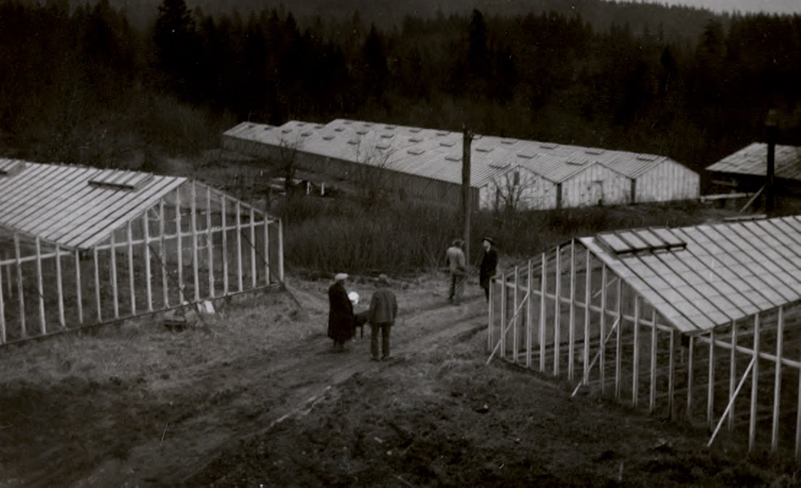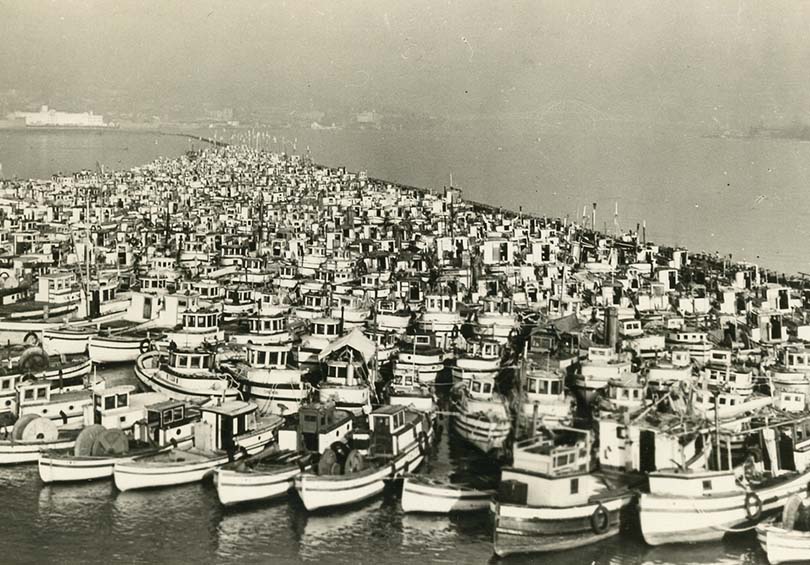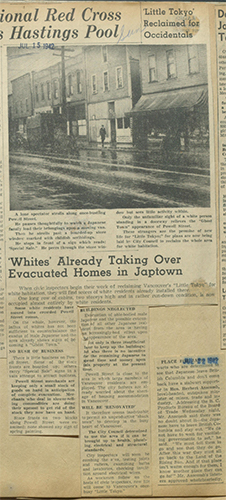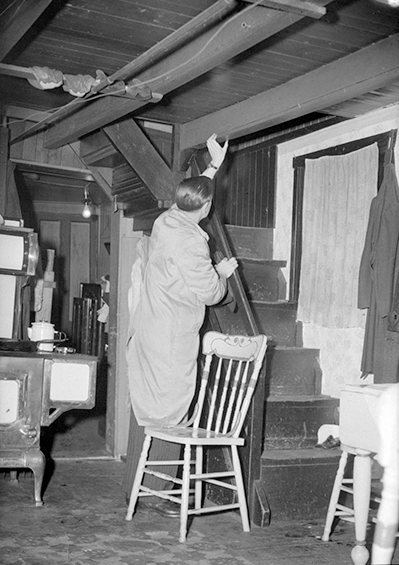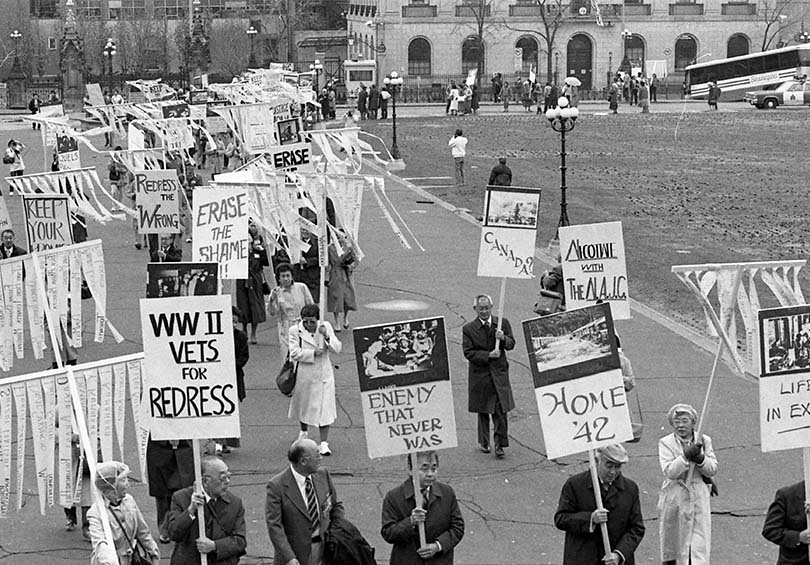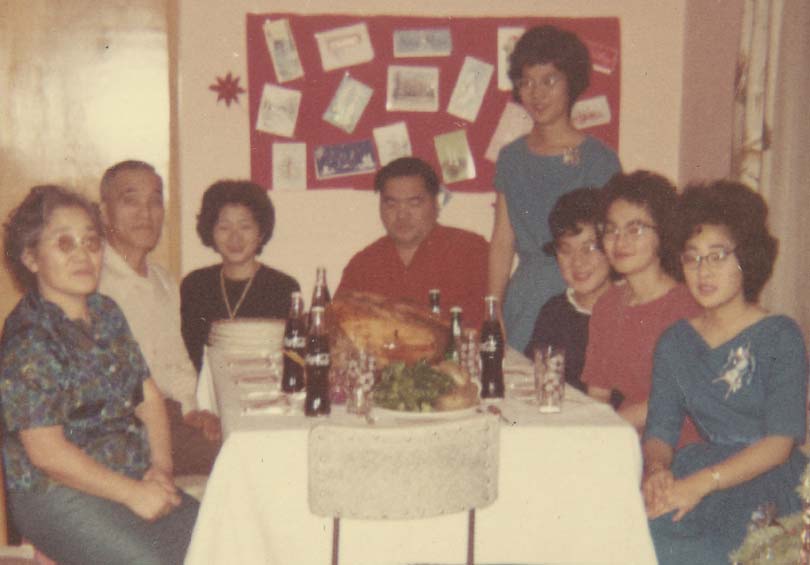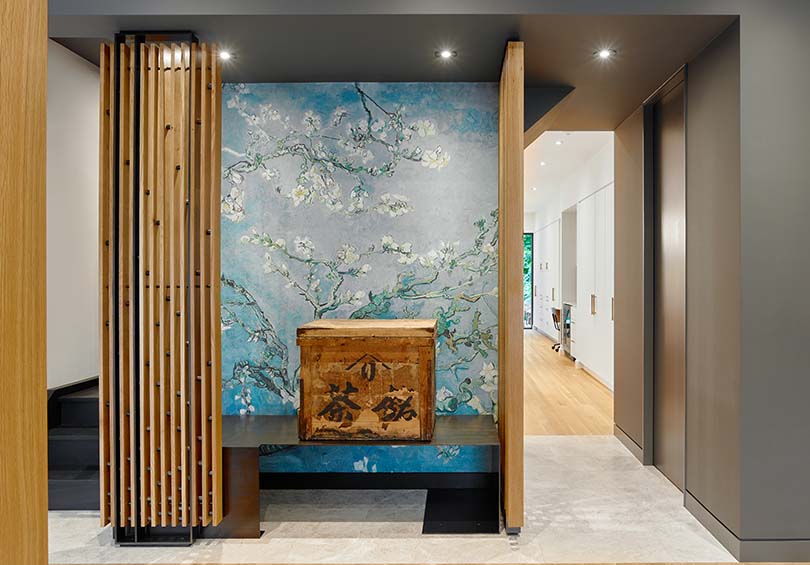The Dispossession
of Japanese Canadians
Can you imagine someone taking your home, all of your possessions, and your freedom? In 1942, the Canadian government uprooted 21,460 Japanese Canadians from British Columbia’s coast.
They boarded trains, bringing only what they could carry. Officials promised to protect the rest. Instead, Japanese Canadians were dispossessed: everything was stolen or sold.
Together, researchers and community members have sought to understand this history. Landscapes of Injustice presents our results in four claims.

The Killing of Home
When the Canadian government sold all of the possessions of Japanese Canadians, it destroyed homes.
Japanese Canadians responded. Some tried to reason with officials. Others protested. One Japanese Canadian even worked with the government. Families and communities strove to preserve their bonds. In their many responses, Japanese Canadians showed the difficulty of overcoming the deliberate killing of home.
Enter here to read more about the killing of home.
The Work of Injustice
Large scale wrongs require many hands.
Politicians wrote the laws. Bureaucrats decided the details. Real estate agents and auctioneers sold to thousands of buyers. Rather than a moment of panic, dispossession was years of work.
The struggle for justice was also long and hard. Japanese Canadians tried to preserve their own interests, despite those working against them.
Each case below tells a story of the work of dispossession.
The Wrong Reasons
Perpetrators and victims see injustice differently. The people who dispossessed Japanese Canadians justified the policy to themselves. Some were racists. Others saw it as a necessity of war. Almost all found ways to make the wrongs they committed seem right. Japanese Canadians criticized the dispossession. They defended citizenship. They denounced racism. They rejected official justifications. Each case tells a story of how people reasoned wrong.
Legacies
Dispossession is permanent. The lands, possessions, and opportunities lost can never be fully restored. The communities and neighbourhoods destroyed can never be fully rebuilt. Japanese Canadians and others live with legacies of shame, silence, regret, complicity, and loss. Even legacies of resilience and activism are not without costs. We are all heirs to landscapes of injustice.
Each case tells a story of legacies.



